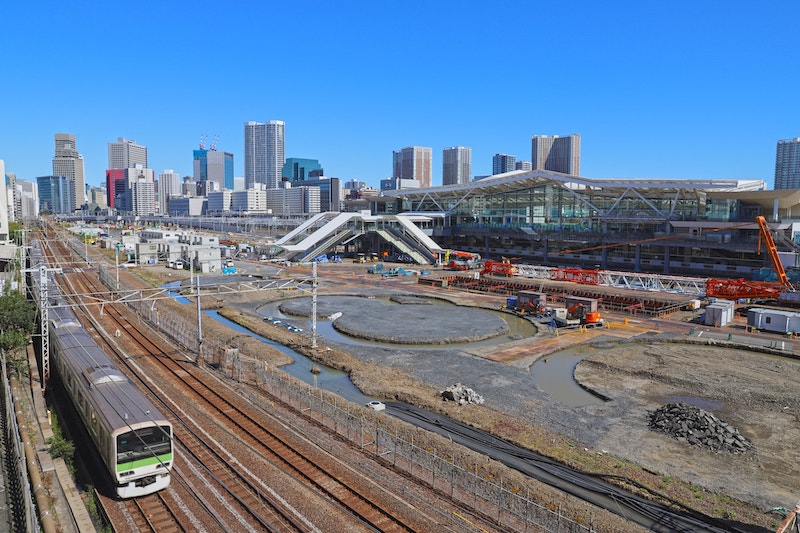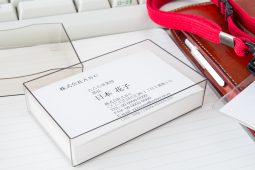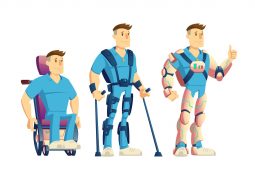A new station as a proving ground for the latest technology
The Yamanote Line encircles central Tokyo, connecting many commercial and business districts, and it could well be one of the world’s busiest railway lines. On March 14 th 2020 a new Yamanote Line station named, Takanawa Gateway Station, will open between Shinagawa Station and Tamachi Station.
Takanawa Gateway Station is the first new station on the Yamanote Line in 49 years and so it is drawing a lot of attention. East Japan Railway Company (JR East), who operate the station, are taking advantage of its high profile with plans to try out a variety of new technologies.
Robots for guidance and cleaning
When using Takanawa Gateway Station it seems that AI will be available throughout the building to offer passengers assistance.
First off, if you lose your way in the station building, or if you want information on transfers, local facilities, or events, then you can consult robots and digital signage incorporating AI. Toppan Printing’s “BotFriends Vision” and Tifana.com’s “AI Sakura” provide digital signage with an interactive voice response. Hitachi have also installed digital signage connected to a communication robot “EMIEW3” _01/index.html) which can offer guidance.
Other robots include the “Station Service Robot” developed by JR East’s Frontier Service Development Laboratory. This robot moves autonomously according to the level of congestion in the station, and displays advertising. Also, Panasonic’s “HOSPI” can lead passengers around the station and guide them to elevators and restrooms.
Panasonic together with WHILL have jointly developed a wheelchair-type robot mobility device called “WHILL NEXT” which will undergo its proof-of-concept at Takanawa Gateway Station. WHILL NEXT has an autonomous function like that of HOSPI and can offer guidance to people with reduced mobility.
Robots are also assigned the station’s security and cleaning duties. A robot developed by Central Security Patrols and Nihon Unisys patrols the station building seeking out suspicious people or objects and if necessary, it can warn suspicious people off with a siren and flashing light. Cleaning duties are taken on by Amano’s “EGrobo” and Nippon Signal’s “CLINABO”.
AI registers in unmanned stores
The latest technology is also being installed in station stores.
TOUCH TO GO is a new store, selling bento lunch boxes, snacks and drinks, which has no staff. Customers who enter the shop can simply take the items they want to buy to a payment area. There a camera will identify the items they are holding and automatically calculate the cost. Payment can be settled with IC cards such as “Suica”.
At a Starbucks coffee shop by the ticket gates, customers can place their orders via the “Mobile Order and Pay” app and pick up their items without having to line up at a register. This is a truly welcome service for people hurrying to work in the morning.
Inside this Starbucks is an ultra-small “STATION BOOTH” rental office which resembles a telephone booth, and in collaboration with Japan Airlines there is a VR corner where you can enjoy a simulated journey.
New model ticket gates that respond to QR codes
At Takanawa Gateway Station a new type of ticket gate will be introduced on a trial basis.
This differs completely from existing ticket gates in that it supports QR code authentication. There are many such systems at airports, where QR codes are held above readers, but it is unusual to see this introduced to Japan’s railways.
Not only QR codes printed on paper but QR codes on smartphone screens can also be used as tickets. As with Mobile Suica, passengers should be able to purchase tickets in advance via an app, and pass through ticket gates without needing to visit a ticket window.
In addition, on this new ticket gate the location of the sensor for Suica cards and Suica-compatible smartphones will be changed.
On existing ticket gates the Suica sensor is placed at a high position in front, so that people walking through can easily touch it. However, people in wheelchairs have difficulty reaching this location. For that reason, on the new ticket gate, the location of the sensor has changed, to make it easier to touch when passing through in a wheelchair.
A proving ground for the latest technology
In this way, a great number of new technologies will be tested at Takanawa Gateway Station. If you want to experience the latest technology as soon as possible, go to the proving ground of Takanawa Gateway Station.








